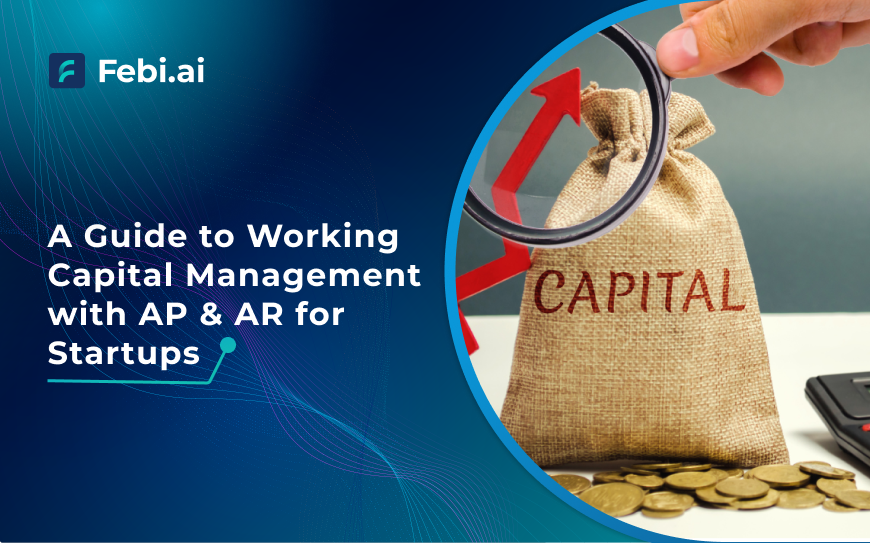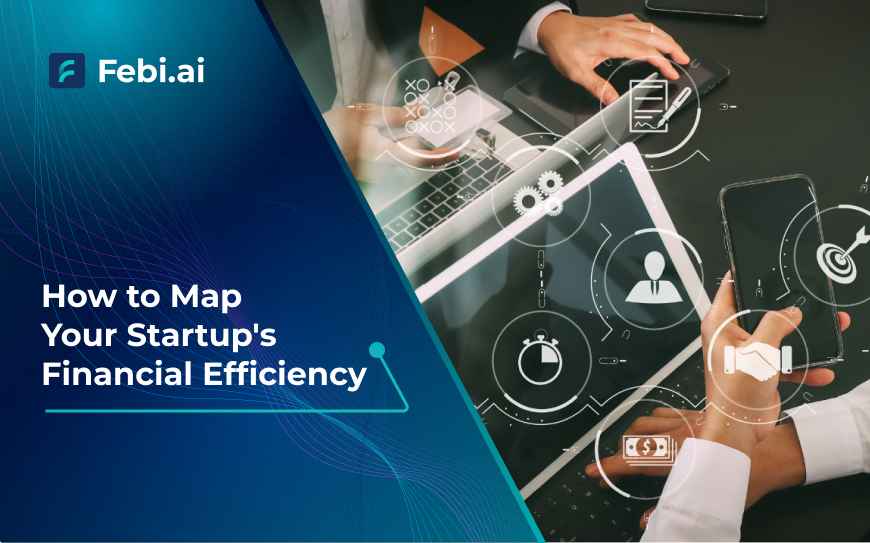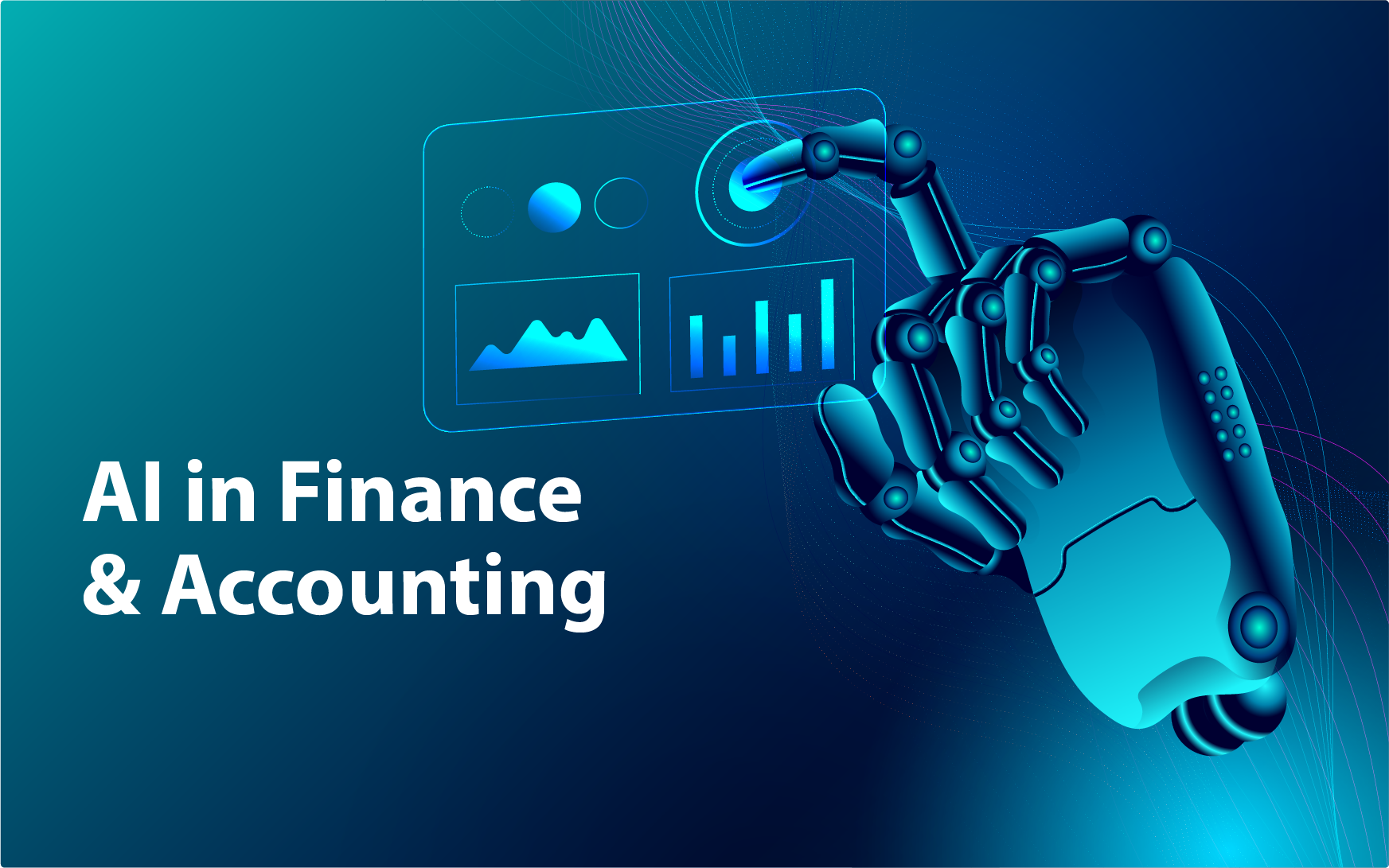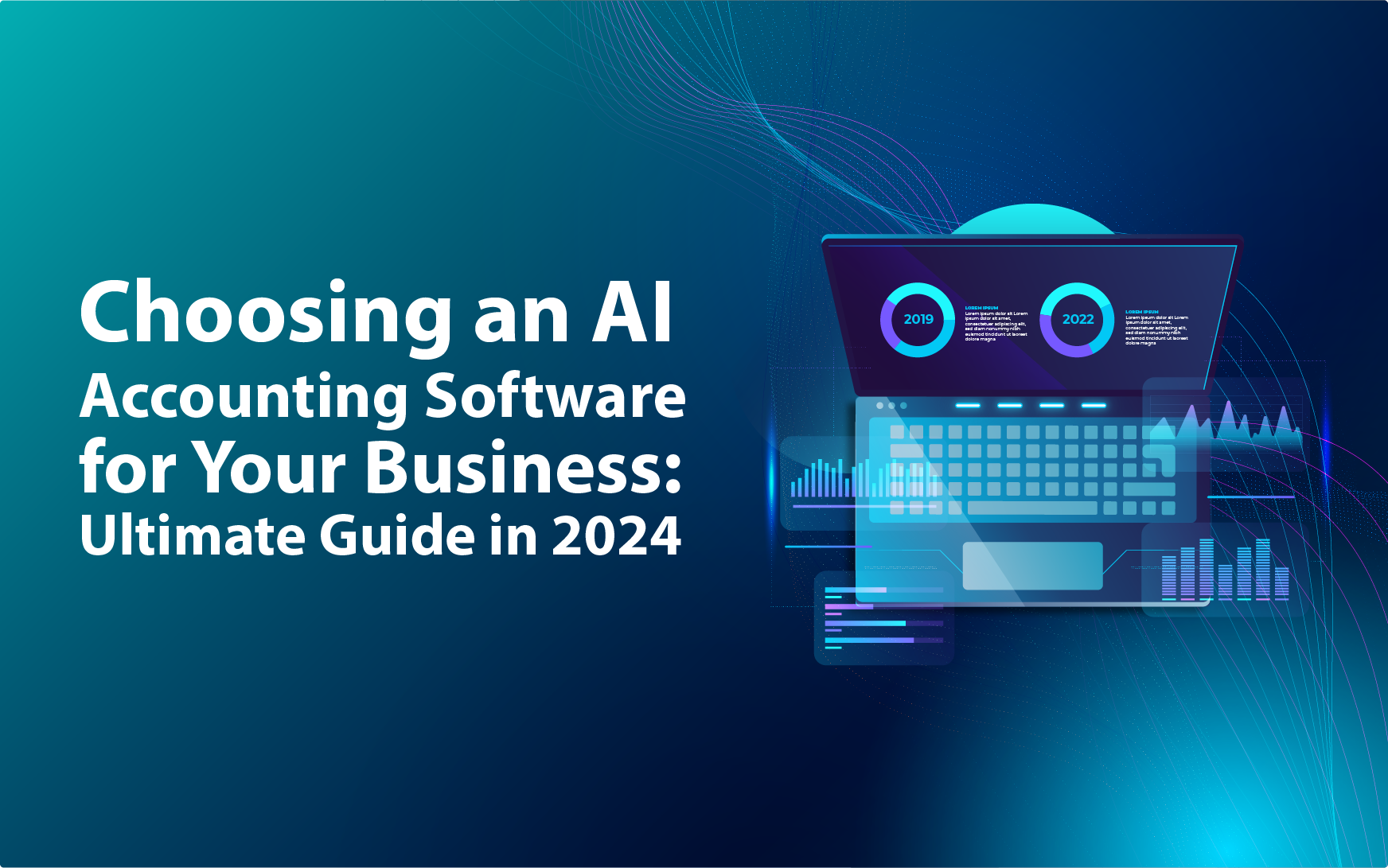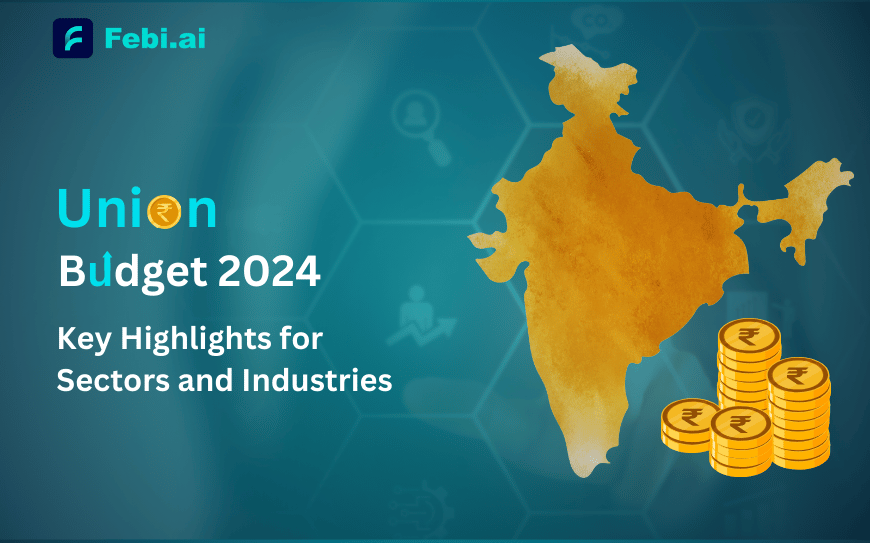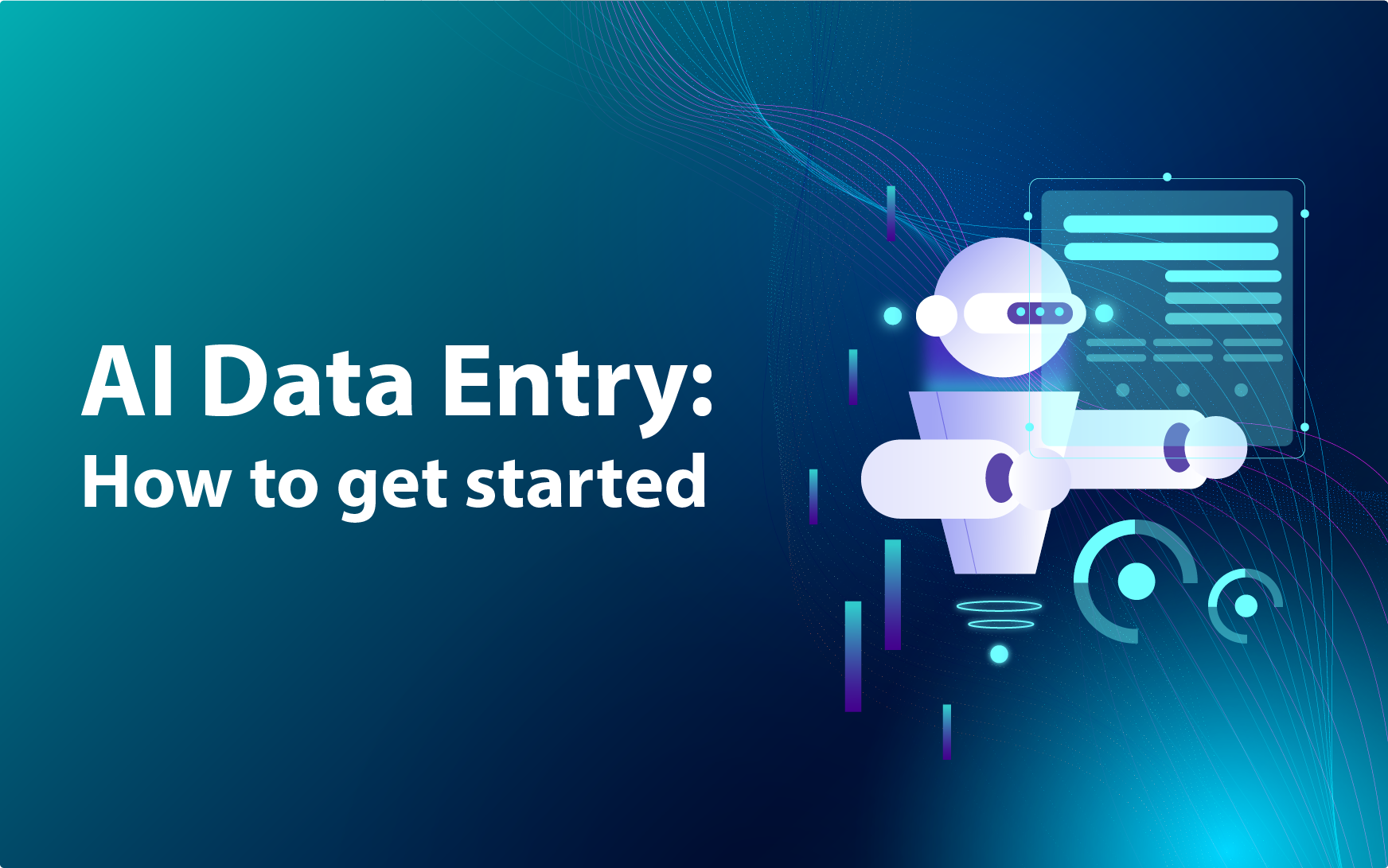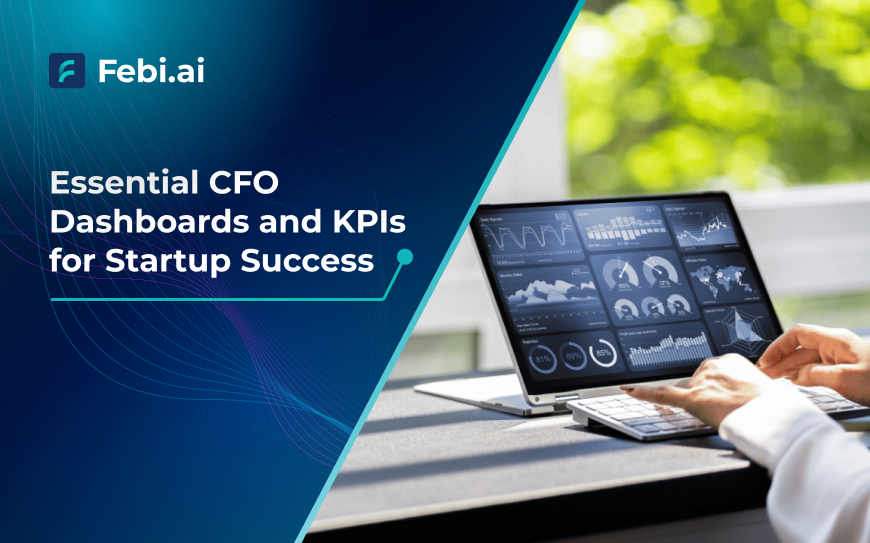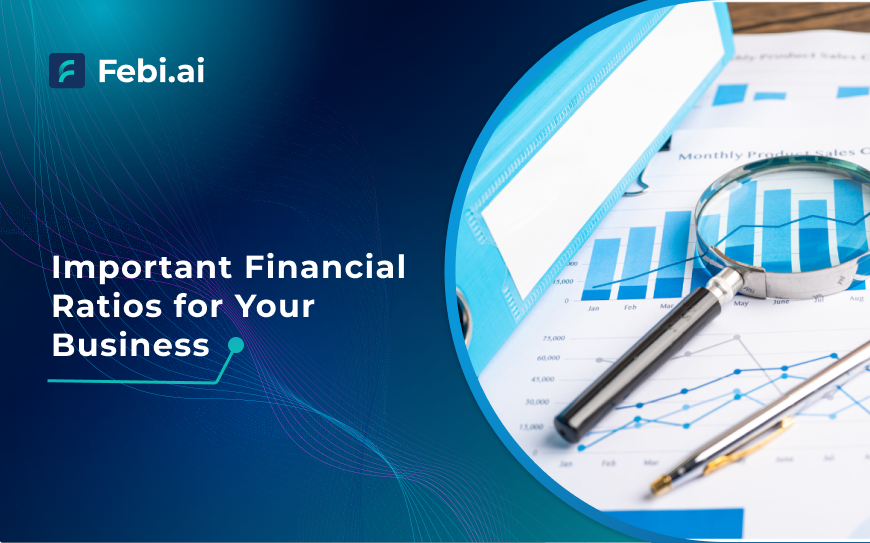Table of Contents
A couple of errors in manual entries, errors in the reconciliation of books of accounts, and having to wait for a month or, quarter, or even year to end, for financial reports and consolidated financial statements. On top of this all, managing to keep the revenue curve up, leads inflow, customer and client satisfaction, and organisational work—the list is endless. If you are a startup founder, CFO or leading the finance team, you’d often encounter these challenges.
Creating financial reports and statements manually is not an easy task. There are many challenges—intensive manual work and time involved, ensuring it’s aligned with the latest regulations, and there is also a risk of human errors, on top of having to manage multiple spreadsheets and workbooks. Statistics revealed in a customer study showed that professionals who used financial management tools spent 32% less time on creating monthly financial reporting and reduced the time by several days. Additionally, 36% fewer adjustments were required to be done manually on a month-by-month basis.
It is clear—technology in finance is becoming an indispensable tool for businesses of all sizes, types and industries.
With modern technology-enabled solutions using artificial intelligence, machine learning and cloud deployment, consolidating financial statements is extremely quick and convenient. Continue reading the blog to learn how technology is reshaping consolidated financial reporting, making it more efficient and less prone to human errors.
Challenges Faced in Consolidated Financial Reporting
Before we explore how technology in finance and accounting is transforming the game, let’s first look at the challenges organisations face in preparing consolidated financial statements. These hurdles can slow down processes, increase workloads, and introduce the risk of human error—especially for growing businesses with multiple subsidiaries, branches or departments.
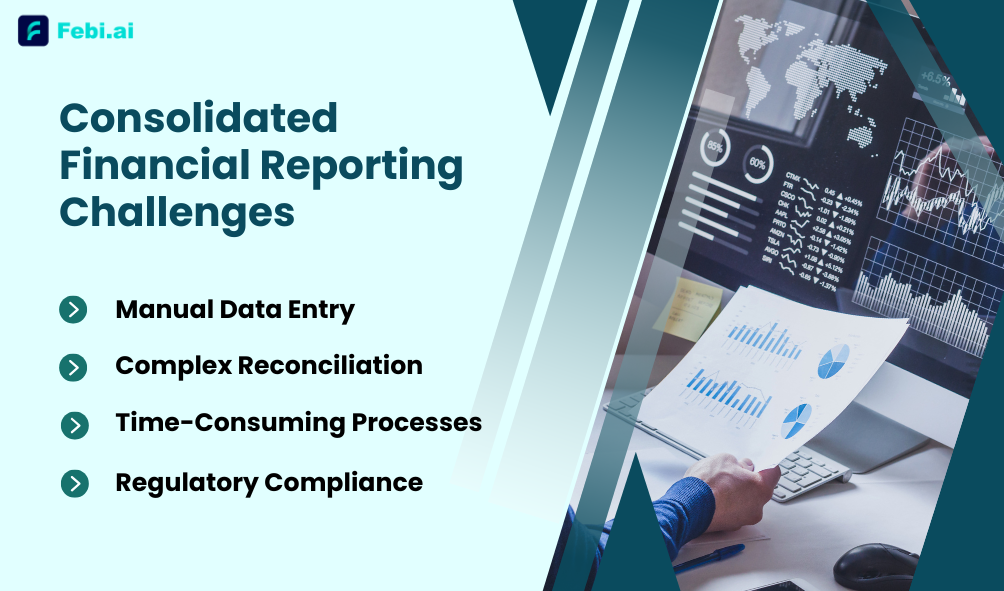
1. Manual Data Entry:
Almost every organisation faces issues regarding financial reporting as it involves a lot of manual data entry. Consider a firm that has a presence across various regions—each of them may employ a separate accounting system, use a different currency or follow differing legal guidelines. All the gathered information has to be entered into one spreadsheet. It takes a lot of time, and even a slip on the keyboard can affect the whole document and take hours to fix the error. Picture a finance team making numerous last-minute adjustments. Manual entry, we can all agree—is not the best of tasks. AI data entry replaces all of the tedious work and makes it quicker and more accurate.
2. Complex Reconciliation:
Imagine a business with multiple subsidiaries or branches—each one sends its own financial reports, and then the finance team has to piece them together. This is where things get complicated. Each report might be formatted differently, or specific figures may not match, leading to complex reconciliations. For example, a subsidiary might use different accounting standards, and reconciling these figures without errors can be like finding a needle in a haystack. This complexity can lead to significant delays in finalising financial statements.
3. Time-Consuming Processes:
Waiting for the month or quarter to end before pulling together reports can feel like a race against time. Think of a CFO who wants to assess a company’s financial health mid-month but has to wait weeks to get accurate data. This delays crucial decisions, making it difficult to respond to issues like cash flow problems or budget overruns in real time. When you’re running a fast-growing startup, waiting for the end of a quarter to make decisions is not practical.
4. Regulatory Compliance:
Keeping up with constantly changing regulations can feel like chasing a moving target. Without automated tools, ensuring that financial analytics and your business’s financial reports comply with the latest laws can be exhausting. Imagine a multinational company trying to ensure compliance across multiple jurisdictions with different tax codes and reporting requirements—it’s easy for something to slip through the cracks, leading to hefty non-compliance fines and penalties.
These challenges make it clear that finance teams need help—and technology in finance is stepping up to offer solutions.
Leading Technology Trends in Consolidated Financial Reporting
Emerging technologies such as Artificial Intelligence (AI), Machine Learning (ML), and cloud accounting software are transforming how businesses manage financial reporting automation and financial data consolidation. These tools simplify once-cumbersome processes and help businesses avoid costly errors while also saving time.
1. Artificial Intelligence (AI)
AI has become a powerful technology in financial reporting. It’s transforming tedious tasks like data entry, reconciliation, and finding errors—tasks that would normally take days—into automated processes that can now be managed in real time.

Let us imagine a scenario where a finance team is responsible for the inputting and processing of financial entries and data from several locations or subsidiaries. Thanks to artificial intelligence, the system can search for and identify discrepancies and report them in real-time, without those doing the finance work having to do manual tasks.
In situations when an accountant or CA would have to spend a long time combing through thousands of inputs looking for a single error, AI can quickly scan, pinpoint, and even resolve minor errors and financial problems. This not only cuts down on the amount of time needed for such tasks but also promotes accuracy in the combined financial results, reducing the chances of errors that may cause serious financial problems in the future.
On top of that, AI’s predictive capabilities give finance teams an edge. It can analyse historical data to forecast future trends, such as cash flow patterns or potential shortfalls, helping companies plan ahead with confidence.
2. Machine Learning (ML)
Machine learning takes artificial intelligence a step further by learning and adapting as it is used over a period. The more data it processes, the better it becomes at improving financial data consolidation and reporting accuracy. For example, ML can categorise expenses or entries based on past patterns, reducing the need for manual classification.
Consider a company that processes hundreds of expense reports every month. Typically, an accounting professional or a team would need to manually verify and categorise each expense—whether it’s for travel, office supplies, rent or marketing. With Machine Learning, the system learns from past data and can automatically assign expenses to the correct categories. Over time, this technology gets smarter and more accurate. What this means for businesses is that less time is spent on manual adjustments and more time focusing on bigger-picture tasks—those that directly impact revenue.
In case of financial consolidation, machine learning can predict which accounts or entries might need adjustment before you even start with the reconciliation process. This kind of automation significantly reduces the time spent on manual corrections, improving both the speed and reliability of financial reporting.
3. Cloud-Based Solutions
The introduction of cloud accounting software has changed the game for finance teams. The global cloud accounting software market was valued at $3.5 billion in 2023 and is projected to reach $7.0 billion by 2032, growing at a CAGR of 7.8% from 2024 to 2032. Instead of relying on on-premise servers and local databases, finance professionals can now access real-time financial data from anywhere, at any time.
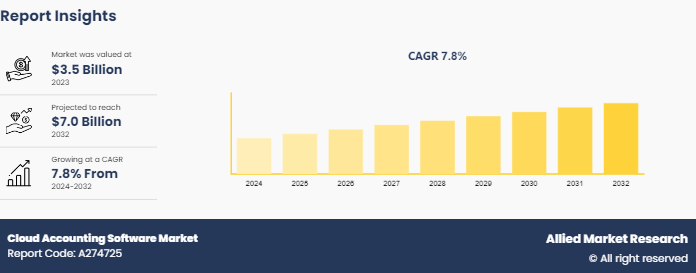
There are many benefits of cloud accounting that companies cannot miss. Imagine a global organisation with several branches scattered all around the globe. In the previous years, the process of pulling together financials meant coordinating different time zones, transferring files, and assuming and hoping that nothing was lost in that complex chain. Thanks to cloud-based systems, all users – from the CFO, located in the New York office, all the way to the finance manager somewhere else, whether in the same country or a different one—get access to similar financial information without any time lag. This cuts down the time needed to prepare consolidated financial statements significantly and most importantly, it makes sure that everyone is working on the latest figures.
On top of that, cloud solutions are scalable. Whether you’re a startup managing a few accounts or a large enterprise dealing with complex, multi-entity financial data consolidation, cloud accounting software grows with your business. It’s also more cost-effective—without having to invest in costly IT infrastructure or maintenance since everything is handled in the cloud.
Benefits of Technology in Financial Reporting
Implementing AI, machine learning, and cloud systems in financial reporting is not just a change in technology for finance teams but restructuring how these teams work and the value they add. Here are some of the many reasons why it matters:
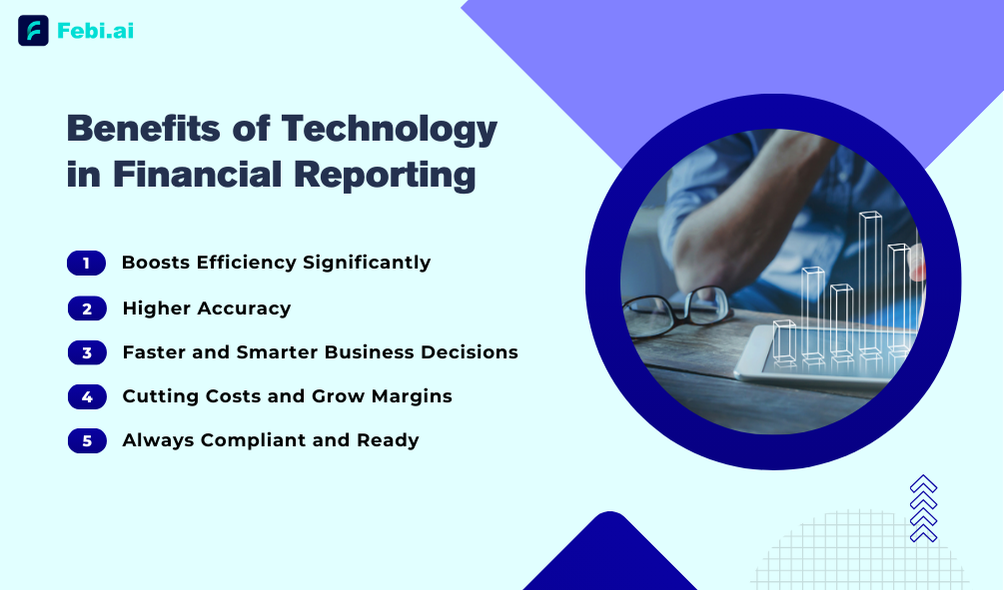
- Boosting Efficiency Significantly: Automation takes the burden of repetitive tasks like data entry and reconciliation off your plate, freeing up your team to focus on what really matters—analysis and strategy. Think about this: what used to take a week, like consolidating financials, can now be done in a day or two. This isn’t just a time-saver; it means more room to tackle high-impact work that drives the business forward.
- Extreme Accuracy Every Time: Human error is inevitable, but technology drastically reduces it. With AI spotting discrepancies in real-time, you’re catching mistakes as they happen, not weeks or months later. Imagine how much better it feels to catch a tiny error immediately rather than cleaning up after a quarter’s inaccuracies. The result? Cleaner, more accurate financial reports without the manual hassle.
- Faster and Smarter Business Decisions: Time is everything in finance. Real-time data access means you’re no longer waiting for month-end reports to assess your financial health. With instant consolidation on a real-time basis, CFOs and finance leaders have the power to make informed decisions as soon as great opportunities or issues arise. This speed translates into agility—something every fast-growing business needs to thrive.
- Cutting Costs, Growing Margins: Automating manual processes doesn’t just save time—it saves money. Cloud-based solutions are more cost-effective than traditional IT setups, eliminating the need for expensive servers and maintenance. So, not only are you working faster and smarter, but you’re also reducing overheads, making room for growth.
- Always Compliant and Ready: Keeping up with regulatory changes can be overwhelming. But with automated tools, you don’t have to worry about missing a new regulation or submitting non-compliant reports. The technology ensures your financials are up to date and in line with the latest legal standards, saving you from paying costly penalties and giving you peace of mind.
In essence, these technological tools are more than just upgrades—they’re your key to a more streamlined, accurate, and cost-efficient financial future.
Conclusion
The integration of technology into financial reporting isn’t just a convenience—it’s a revolution for finance teams. It is possible for modern organisations to make the most of their resources by cutting back on manual tasks and introducing AI, machine learning and cloud solutions. Technology reduces the burdens caused by human mistakes, fast tracks the decision-making process, and most importantly enables teams to work on what matters most: expansion and growth.
However, the advantages of modern technologies do not only lie on the levels of precision and efficiency observed. With the help of technology, stakeholders and business decision-makers can see the relevant data in good time so as to make decisions without the reports at the end of the month, and when it is very necessary to do so. This is about forms of working, which are enhanced and improved in efficiency, such as in the finance department, which is active even when there is a lot of information flowing in.
There is more to Febi than only focusing on Financial Statements. The first AI Accounting and Tax Compliance Solution in India combines artificial intelligence in accounting, tax compliance management, smart invoicing and predictive analytics in the cloud to ensure that you access all services whenever and wherever. This helps not only in ease of carrying out the said financial works but it also helps in creating financial works as an asset. With Febi.ai, your finance team gains the tools and intelligence needed to anticipate trends, optimise processes, and make smarter decisions—giving you the edge in today’s competitive spaces.

